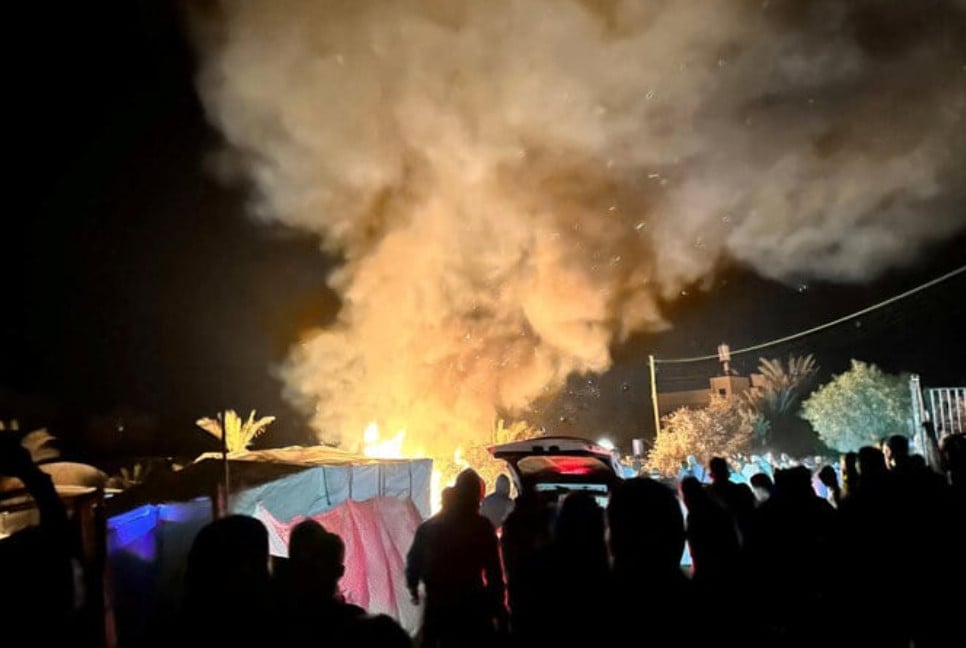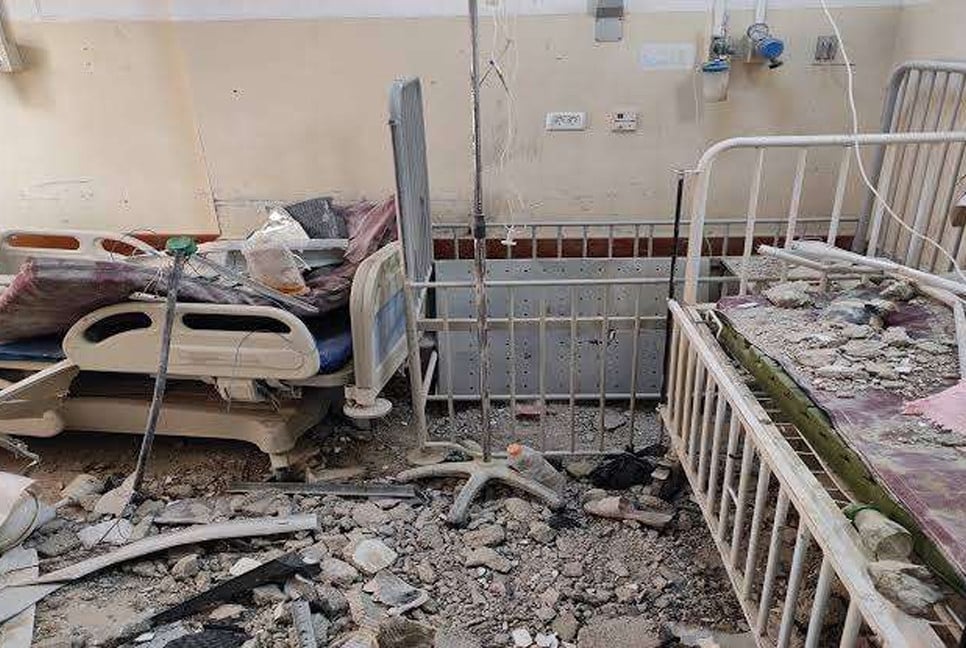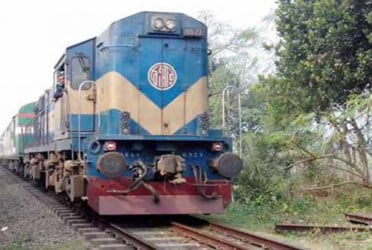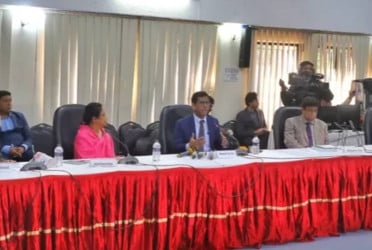Hundreds of Tibetans protested against a Chinese dam which rounded up in a harsh crackdown earlier this year, with some beaten and seriously injured.
International media BBC has learnt it from sources and verified footage.
Such protests are extremely rare in Tibet, which China has tightly controlled since it annexed the region in the 1950s. That they still happened highlights China's controversial push to build dams in what has long been a sensitive area.
Claims of the arrests and beatings began trickling out shortly after the events in February. In the following days authorities further tightened restrictions, making it difficult for anyone to verify the story, especially journalists who cannot freely travel to Tibet.
But the BBC has spent months tracking down Tibetan sources whose family and friends were detained and beaten. BBC Verify has also examined satellite imagery and verified leaked videos which show mass protests and monks begging the authorities for mercy.
The sources live outside of China and are not associated with activist groups. But they did not wish to be named for safety reasons.
In response to our queries, the Chinese embassy in the UK did not confirm nor deny the protests or the ensuing crackdown.
But it said: "China is a country governed by the rule of law, and strictly safeguards citizens' rights to lawfully express their concerns and provide opinions or suggestions."
The protests, followed by the crackdown, took place in a territory home to Tibetans in Sichuan province. For years, Chinese authorities have been planning to build the massive Gangtuo dam and hydropower plant, also known as Kamtok in Tibetan, in the valley straddling the Dege (Derge) and Jiangda (Jomda) counties.
Once built, the dam's reservoir would submerge an area that is culturally and religiously significant to Tibetans, and home to several villages and ancient monasteries containing sacred relics.
One of them, the 700-year-old Wangdui (Wontoe) Monastery, has particular historical value as its walls feature rare Buddhist murals.
The Gangtuo dam would also displace thousands of Tibetans. The BBC has seen what appears to be a public tender document for the relocation of 4,287 residents to make way for the dam.
The BBC contacted an official listed on the tender document as well as Huadian, the state-owned enterprise reportedly building the dam. Neither have responded.
Plans to build the dam were first approved in 2012, according to a United Nations special rapporteurs letter to the Chinese government. The letter, which is from July 2024, raised concerns about the dam's "irreversible impact" on thousands of people and the environment.
From the start, residents were not "consulted in a meaningful way" about the dam, according to the letter. For instance, they were given information that was inadequate and not in the Tibetan language.
They were also promised by the government that the project would only go ahead if 80% of them agreed to it, but "there is no evidence this consent was ever given," the letter goes on to say, adding that residents tried to raise concerns about the dam several times.
Chinese authorities, however, denied this in their response to the UN. "The relocation of the villages in question was carried out only after full consultation of the opinions of the local residents," the Permanent Mission of the People's Republic of China to the United Nations office said in a letter from September 2024.
It added: "Local government and project developers funded the construction of new homes and provided subsidies for grazing, herding and farming. As for any cultural relics, they were relocated in their entirety."
But the BBC understands from two Tibetan sources that, in February, officials had told them they would be evicted imminently, while giving them little information about resettlement options and compensation.
This triggered such deep anxiety that villagers and Buddhist monks decided to stage protests, despite knowing the risks of a crackdown.
Bd-pratidin English/Lutful Hoque








































































